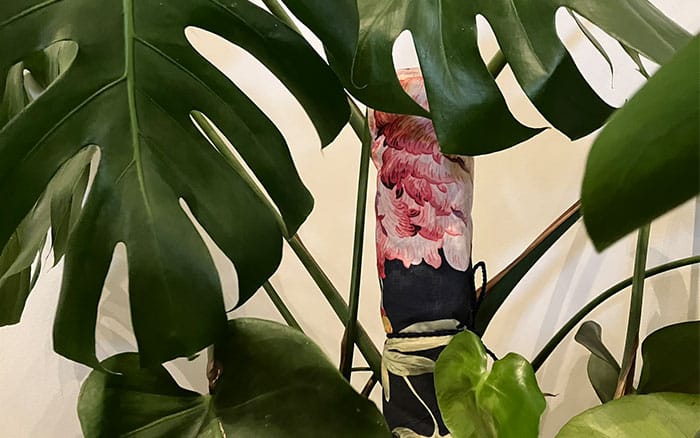How to know when your Monstera needs repotting

When the Monstera plant is young, it’s beneficial to repot it every spring early in the season to encourage new growth and freshen up the soil. Repotting a young Monstera annually will be beneficial. No plant is designed to grow within a container, even houseplants. The roots will continue to grow to support the growth of the Monstera plant above the soil line.
With more established plants, you may notice thick aerial roots growing from the stem, and these can make repotting a bit difficult if there are a lot. Swiss cheese plants are semi-epiphytes, which means they can live both independently and on the surface of other plants. And their aerial roots can be trained, or used to climb.
Repotting your Monstera
- When repotting Monstera, use good quality peat-free houseplant compost in a container the next size up from the current one. Make sure it has plenty of drainage holes. Fill the container with compost so the plant can sit just below the soil line of the previous pot.
- Firm the potting mix in place, including any aerial roots that are within the soil line too.
- Once the plant is in place, water it in well to help establish. Let it settle for a week or two and then commence feeding and watering as normal.
- Depending on the size of the space available, you may want to trim down some growth if it’s growing too tall or wide. The plant tolerates trimming very well, and these cuttings can be used to start new plants to increase your stock or gift them to loved ones.
- You can propagate Swiss cheese plants by cutting one of the mature stems below an aerial root. Do this during summer and plant the cutting in moist but well-drained houseplant potting mix. It will then root and grow happily.
What about the old compost?
Rather than chucking the old compost from your old Monstera container, you can use it as a mulch in the garden. This improves drainage and moisture retention within your borders. You can also reuse the compost as a bottom layer when filling new containers.
This should save you a little money – plus it’ll work a treat for shallow rooted plants, chives, heucheras etc. And if you don’t want to do any of that just add it to your compost bin so it can mix with the other materials to create your next round of organic matter.


Leave A Comment